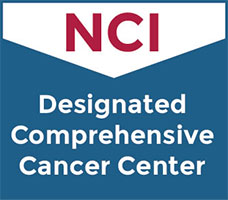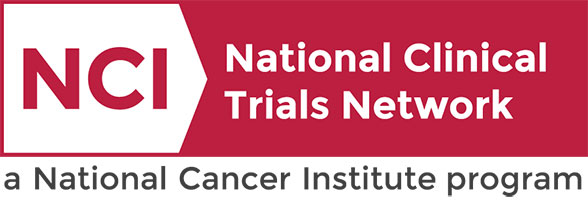Andreana Holowatyj named ‘40 Under 40 In Cancer’ winner

Andreana Holowatyj, PhD, MSCI, assistant professor of Medicine, has been named to the 40 Under 40 In Cancer Class of 2025 by the Association for Value-Based Cancer Care.
This year’s class was selected from more than 3,000 nominations. The awards initiative identifies and recognizes contributions across the field of cancer by rising stars and emerging leaders under the age of 40.
Holowatyj’s research is focused on early-onset cancers, including colorectal and appendiceal cancers. She has received the National Cancer Institute’s Method to Extend Research in Time (MERIT) Award to support her ongoing investigation into how early-onset colorectal cancer and its treatments impact reproductive health. MERIT Awards provide longer-term funding than is typical for most grants to early-stage investigators whose research competence and productivity are distinctly superior and who are highly likely to continue to perform in an outstanding manner. As part of this Award, Holowatyj established and leads the Preserving Fertility After Colorectal Cancer (PREFACE) clinical study, which is currently recruiting patients.
She is focused on providing evidence-based guidance that will ultimately improve clinical care and outcomes for individuals ages 18 to 49 when diagnosed with cancer. Holowatyj and her team discovered that 1 in 2 young cancer patients report that a health care provider involved in their cancer care did not discuss options to preserve fertility prior to starting cancer treatment.
Her research has been published in high-impact medical research journals and has led to clinical practice changes and revisions to consensus guidelines. She has also been invited to serve on several international committees, including the American Joint Committee on Cancer Lower Gastrointestinal Tract Expert Panel that updates clinical cancer staging systems, the Fight Colorectal Cancer Global Early-Onset Colorectal Cancer Think Tank, and as the inaugural chair of the Scientific Advisory Board for the Appendix Cancer Pseudomyxoma Peritonei (ACPMP) Research Foundation. This year, with the support of the ACPMP Research Foundation, she led an expert recommendation report in the journal Nature Reviews Cancer that identified six key research priority areas to deliver a fundamental understanding of appendiceal tumors and to improve treatments and outcomes for patients with this rare cancer.
The post Andreana Holowatyj named ‘40 Under 40 In Cancer’ winner appeared first on VUMC News.



